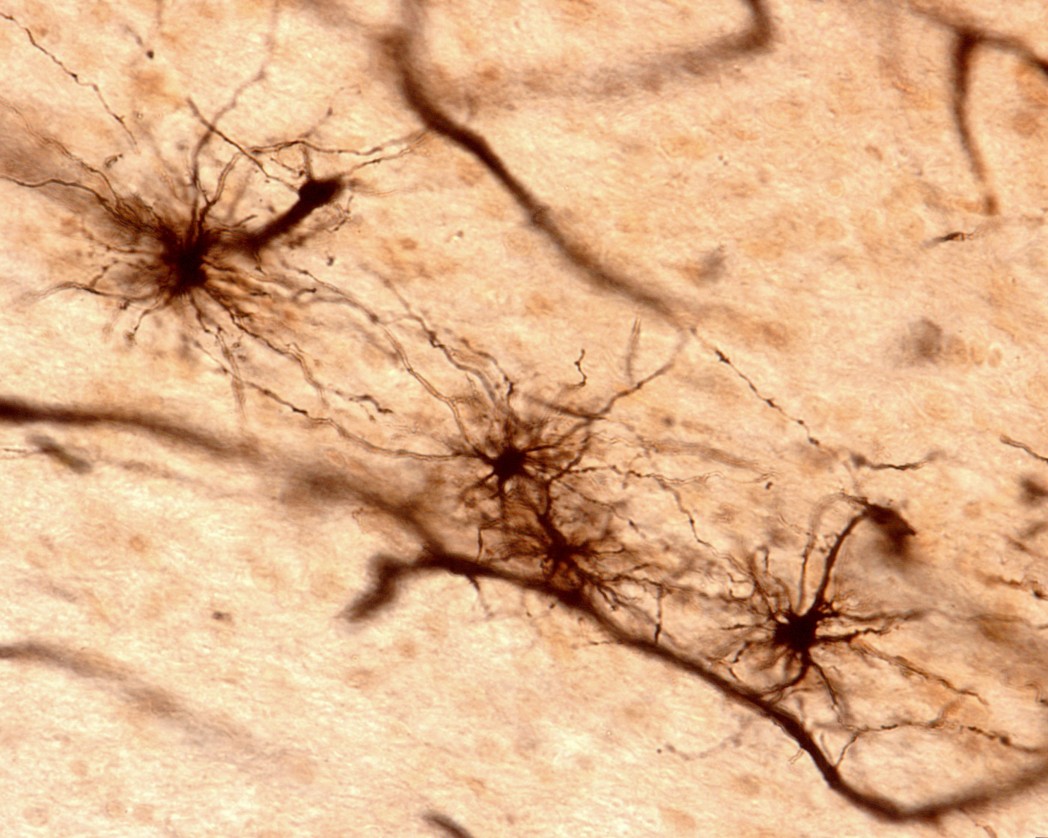New Enzyme May Help Treat ALS By Modulating Inflammation

 Researchers at The Scripps Research Institute in California found that a particular enzyme has a harmful ability to create inflammatory lipid molecules in the brain, and is implicated in a rare neuroimmunological disorder, called PHARC – characterized by polyneuropathy, hearing loss, ataxia, retinitis pigmentosa and cataract. The disorder usually begins onset during adolescence and gradually gets worse with age.
Researchers at The Scripps Research Institute in California found that a particular enzyme has a harmful ability to create inflammatory lipid molecules in the brain, and is implicated in a rare neuroimmunological disorder, called PHARC – characterized by polyneuropathy, hearing loss, ataxia, retinitis pigmentosa and cataract. The disorder usually begins onset during adolescence and gradually gets worse with age.
Amyotrophic Lateral Sclerosis (ALS) is a condition that affects approximately 5,600 people in the U.S. per year, and causes progressive degeneration of the motor nerve cells in the brain and spinal cord. With no nerves to activate the muscles, they gradually weaken and waste. Neurodegenerative diseases such as ALS lack the prominent infiltrates of blood-derived mononuclear cells that characterize primary autoimmune diseases. Many substances involved in the promotion of inflammatory processes are present in the CNS of patients with such neurodegenerative diseases. In the case of ALS, these inflammatory promoters are present in the muscle tissues as well.
Recently the researchers identified a lipid molecule called ABHD12 that implicates lyso-PSs in the neurological diseases causing the null mutations in the ABHD12.
In their new study, the team of researchers discovered that high levels of these lipid molecules can be the cause of a heritable neuroimmunological disorder, and that a small-molecule inhibitor of ABHD16A that depletes lyso-PSs from cells, can reverse the neurological process. The study, titled, “Immunomodulatory lysophosphatidylserines are regulated by ABHD16A and ABHD12 interplay”, was recently published in the journal Nature Chemical Biology. With these findings, the researchers suggest developing drugs that can inhibit this specific enzyme may be an effective treatment for the disorder.
In a recent press release Benjamin Cravatt from the Department of Chemical Physiology, The Scripps Research Institute in California and member of TSRI’s Skaggs Institute for Chemical Biology said “This finding is a good example of what can be gained from studying enzymes linked to rare human genetic disorders.”
The team of researchers is also keen on developing a method to detect the enzyme-mediated conversion of precursor phosphatidylserine (PS) molecules to lyso-PSs. As research Associate Siddhesh S. Kamat said in the press release, “Using this test we discovered a cryptic yet distinct lyso-PS-making enzyme activity in the mouse brain.”
Dr. Cravatt revleaed that future studies from his research group will be conducted in collaboration with the Howell Laboratory. The aim is to develop an ABHD16A inhibitor that can reach the brain from the bloodstream. The researcher hopes that this inhibitor can be tested on mice models, and eventually be deemed safe enough to test on patients. “We also think there is a potential for applying the lyso-PS-lowering strategy more broadly against neurological and immunological disorders,” said Cravatt in the press release.






